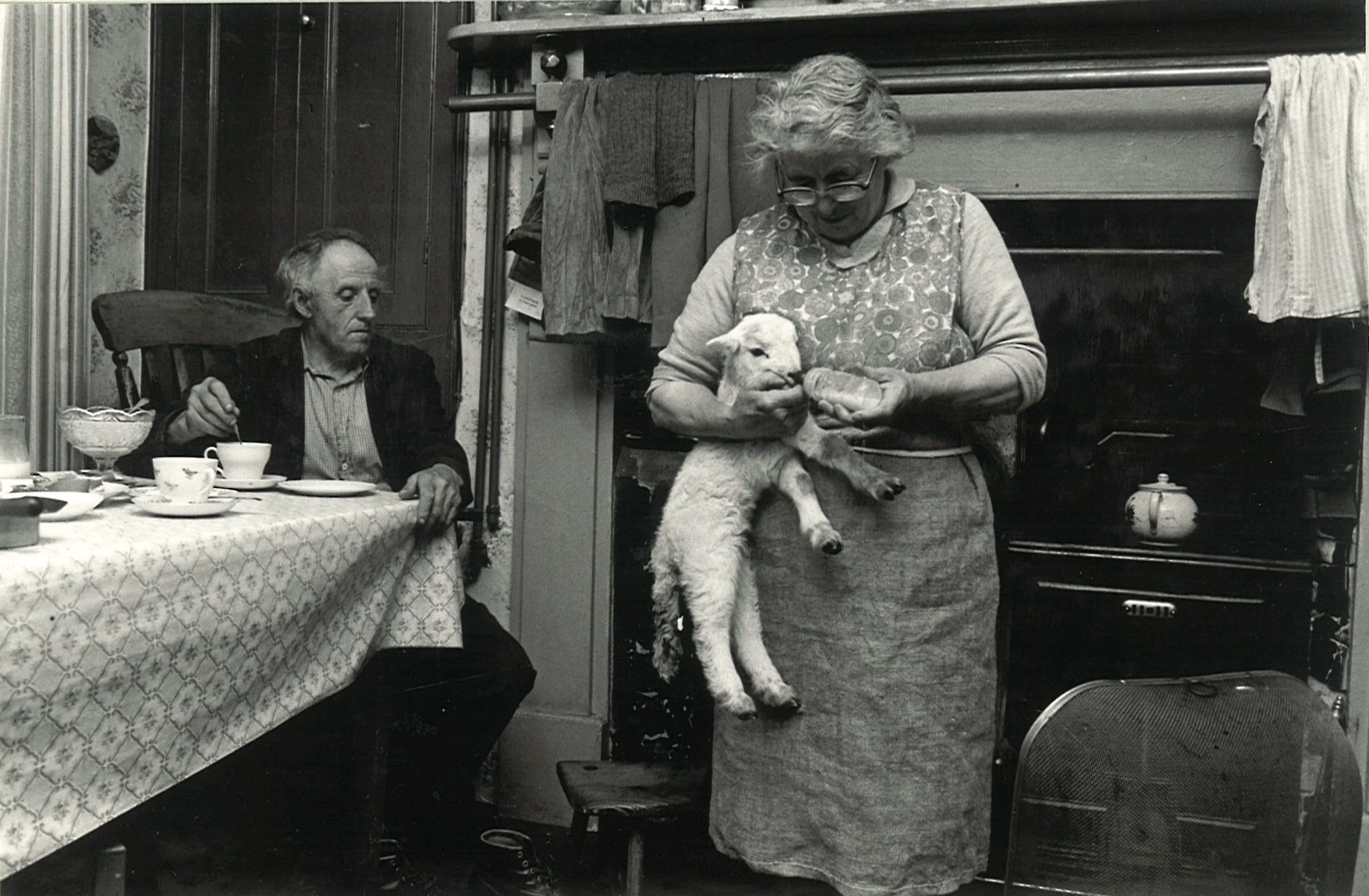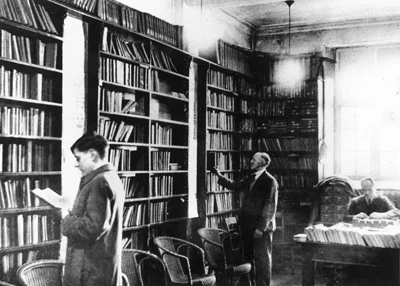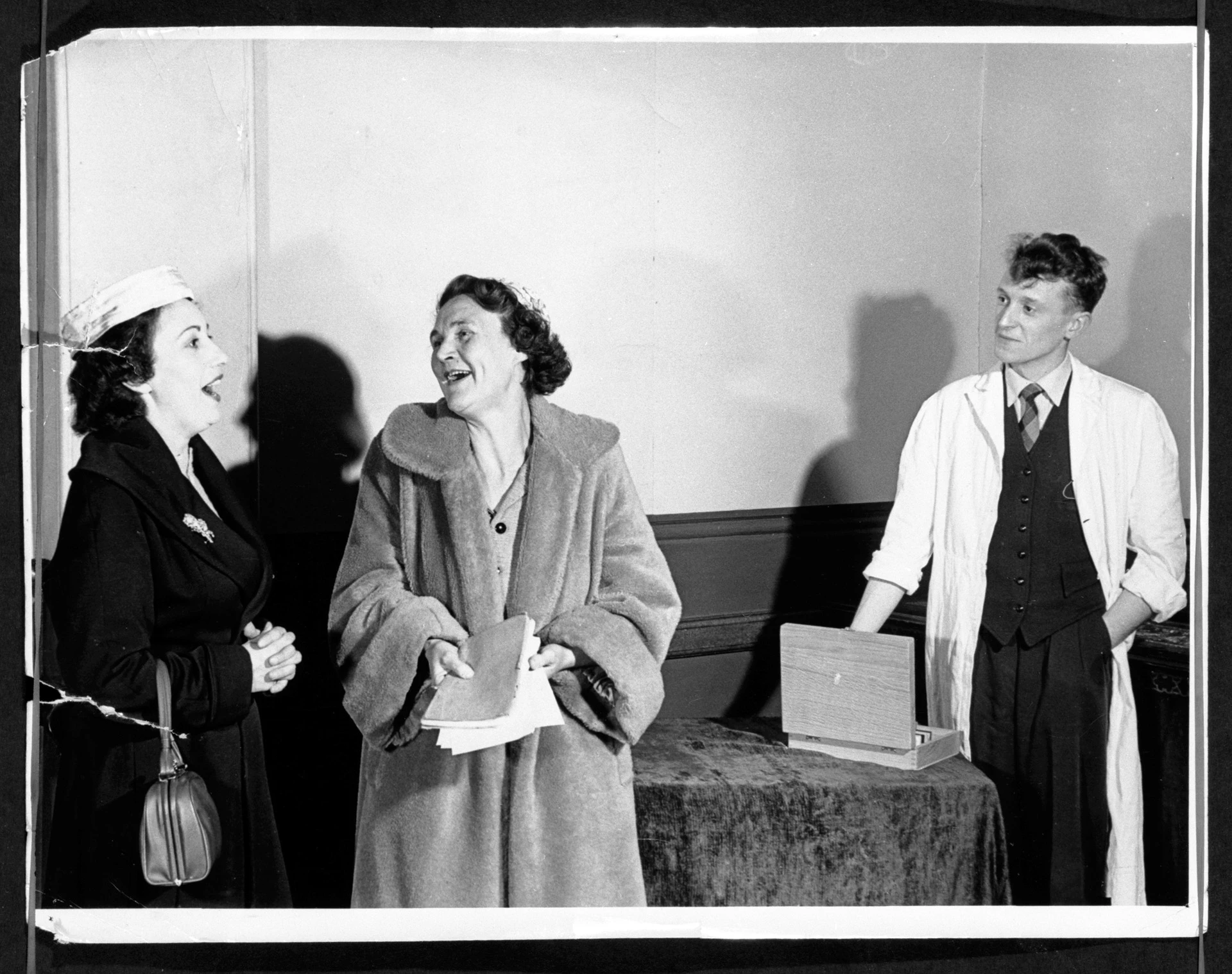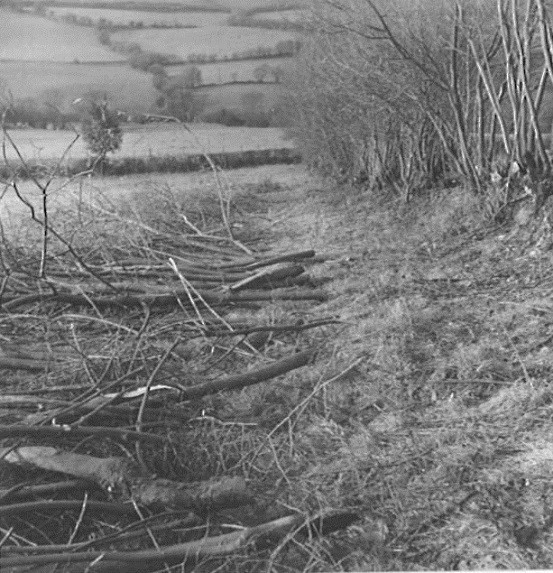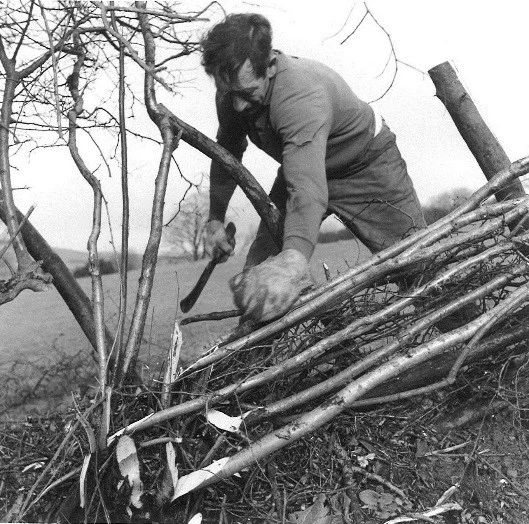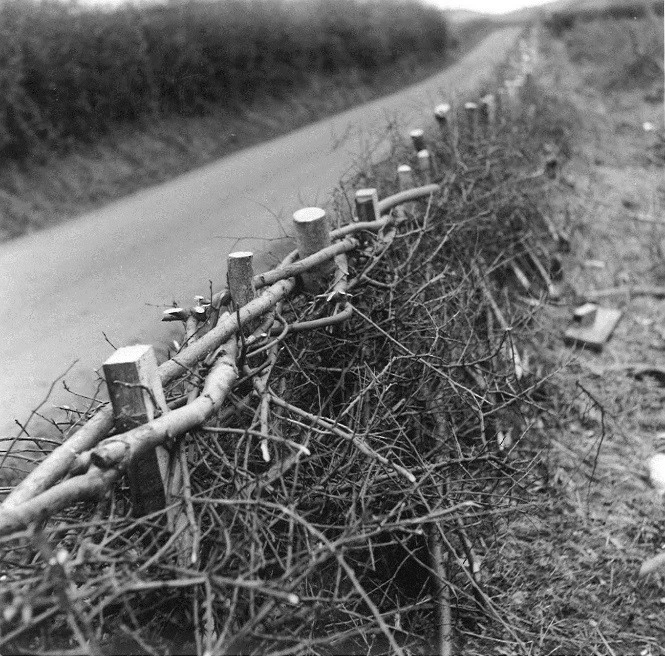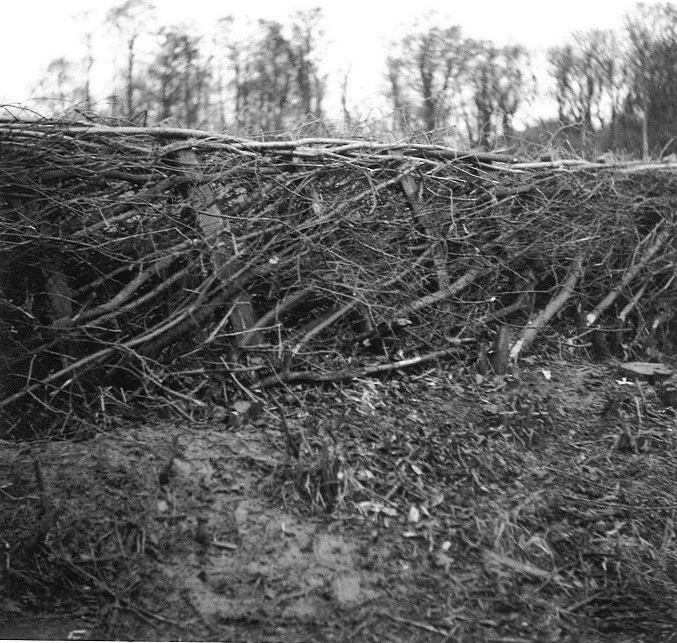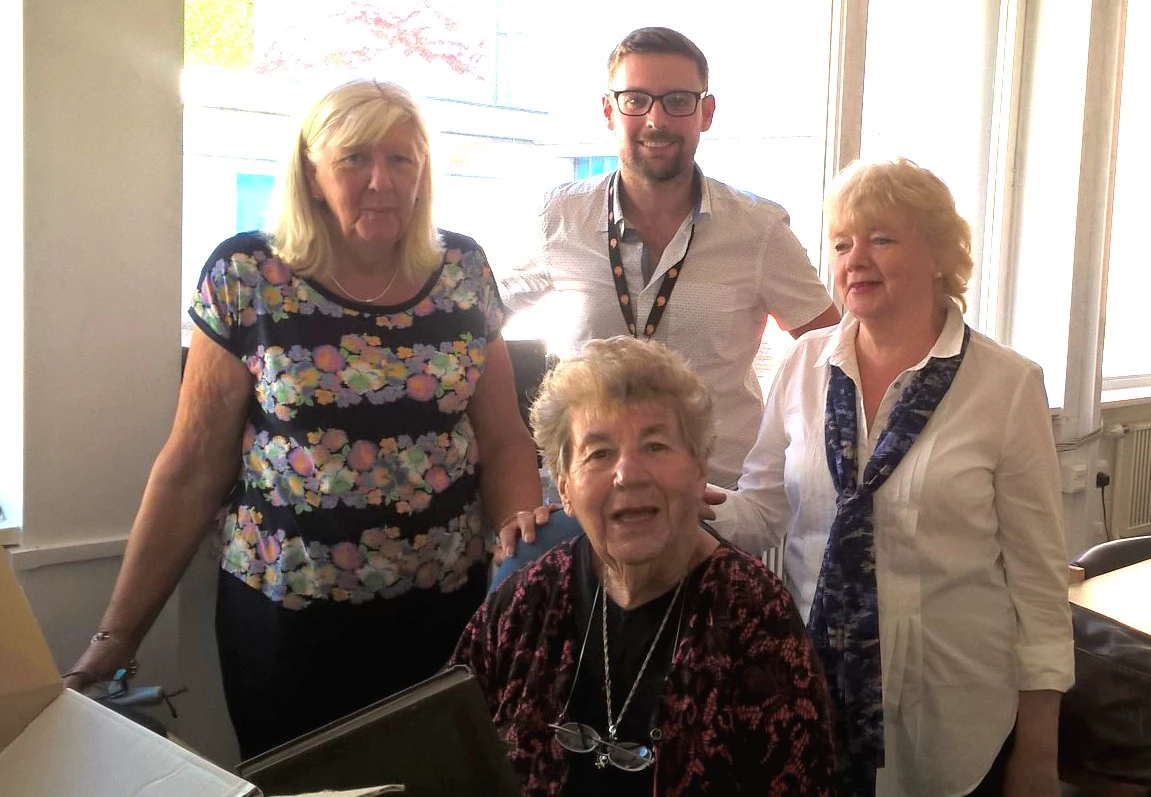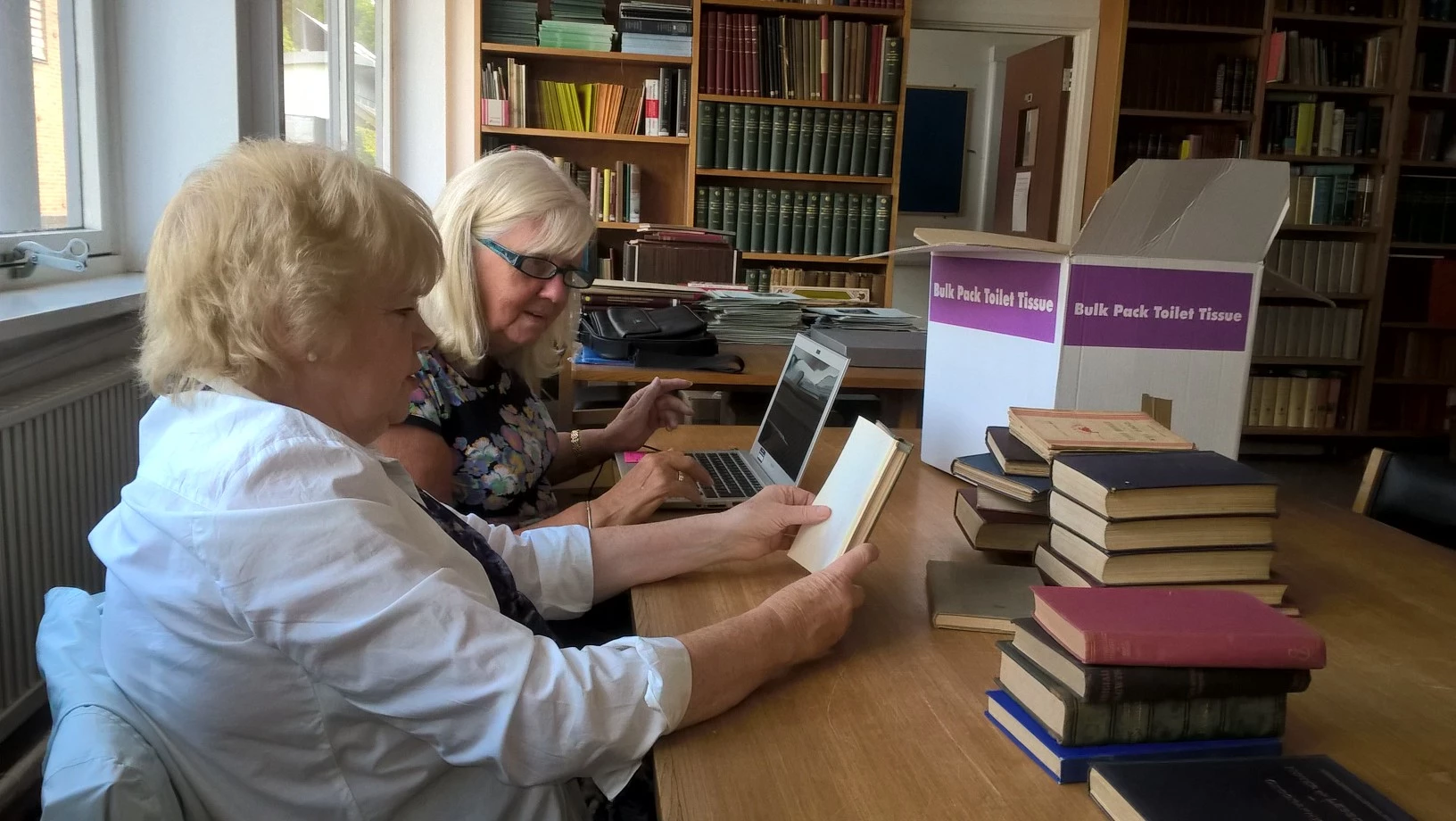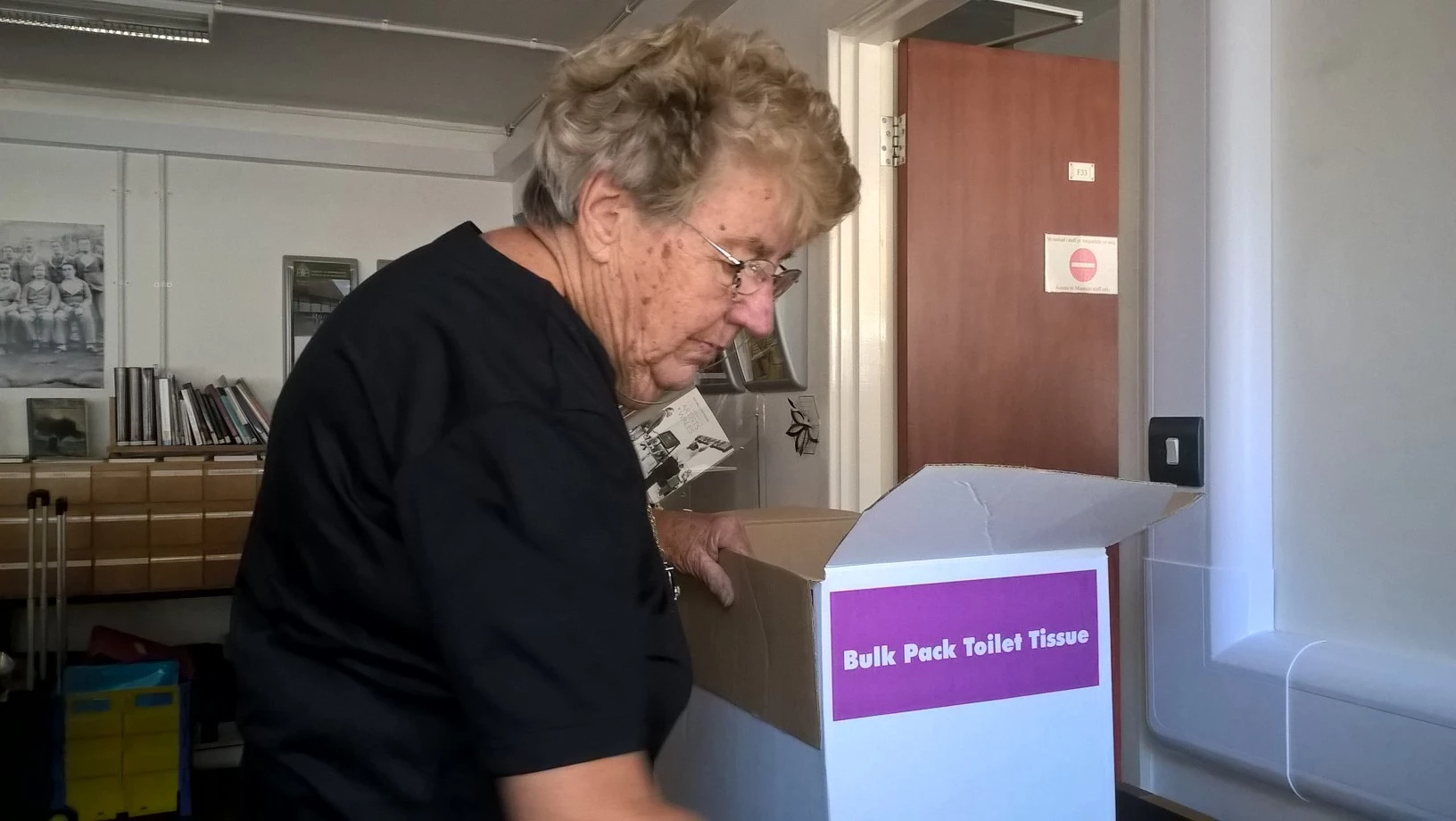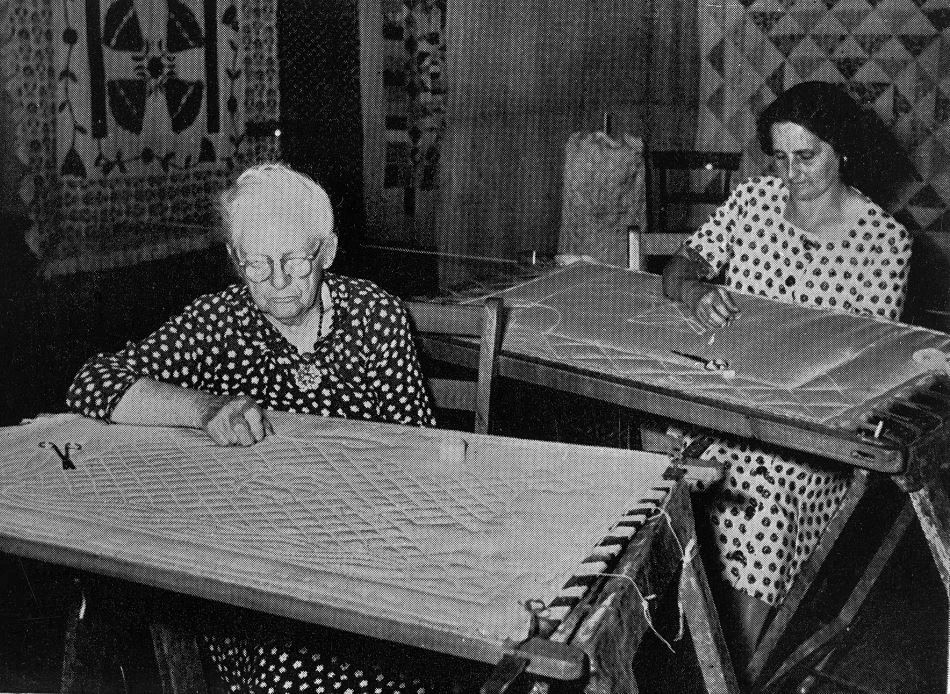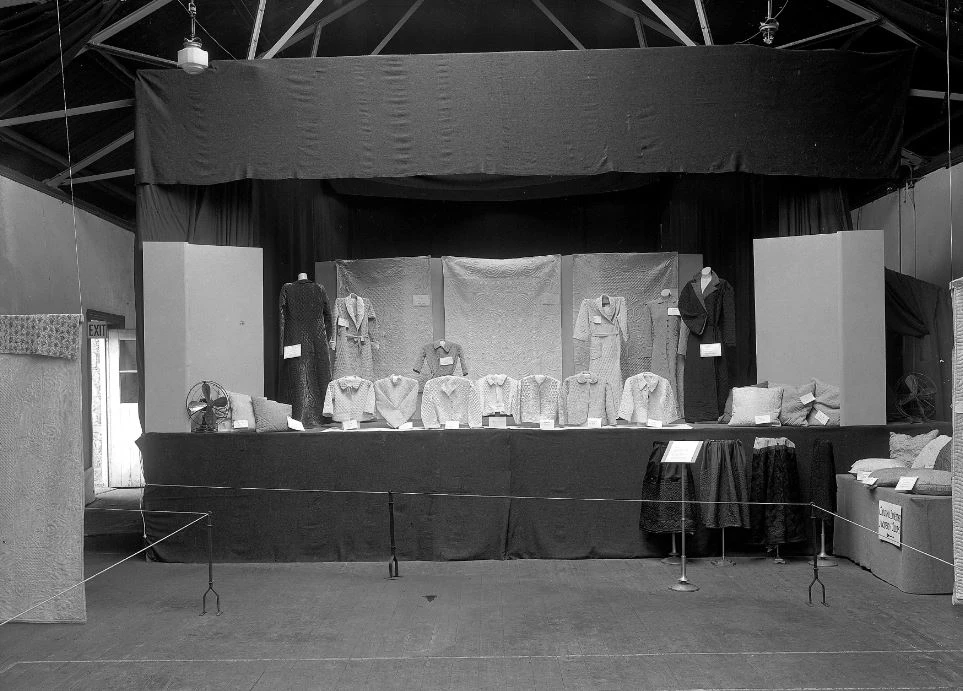Voices from the Archives: Lambing in Pembrokeshire, 1984
, 17 March 2017
The Voices from the Archives series is based on recordings in the Oral History Archive at St Fagans National History Museum. Connected to the agricultural activities, demonstrations and displays at the Museum - they provide an insight into the lives and histories of farming people, the agricultural practices in the past, how they developed into contemporary agriculture.
Lambing in Pembrokeshire, 1984
March is lambing time at Llwyn-yr-eos Farm, the Museum’s working farm. Lambing in the past and present was described by Richard James, Portfield Gate, Pembrokeshire, south west Wales, in a recording made in 1984. Aged 79, he recalled lambing in an interview about his life in farming, but also described how it was being done on a farm in the area in the year of the interview. The following short clips are from the recording.
Pembrokeshire born and bred, Richard James had farmed at Lambston Sutton in the south west of the county. It stood between the large county town of Haverfordwest a few miles to the east, and the coastline of St Bride’s Bay to the west. The lowland coastal areas, warmer climate and lower rainfall made agriculture more diverse than in many other parts of Wales, with the keeping cattle and sheep and the growing of early potatoes and cereal crops. The coastal areas could be exposed to the winds and rain from the Atlantic Ocean though, and weather conditions could strongly influence lambing, to which Richard James refers in the first clip:
Richard James, Portfield Gate, Pembrokeshire
When lambing was to take place was decided by when the ewes were put to the rams. Up until then the rams on the farm had to be kept separate from the sheep. It was always a concern that rams might break through a poor fence or hedge and cause lambing to start at the wrong time. Also, a ram of poorer quality or a different breed from another flock could also result in poorer quality lambs and reduced income. After mating, a ewe is pregnant for between 142 and 152 days, approximately five months or slightly shorter.
In this clip, Richard James describes at what time of year lambing took place on a local farm, and how it was being done by a farmer using a former aircraft hangar.
Richard James, Portfield Gate, Pembrokeshire
The final clip is about working the day and night shifts:
Richard James, Portfield Gate, Pembrokeshire
